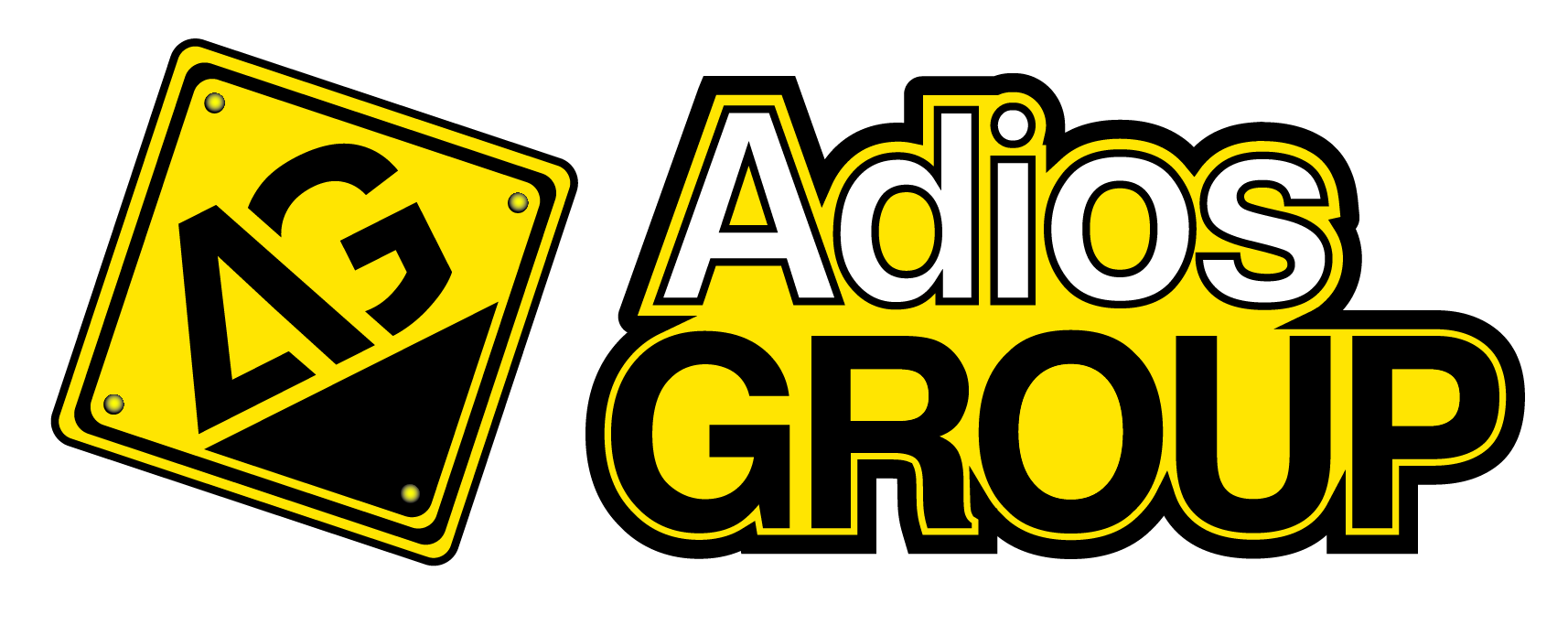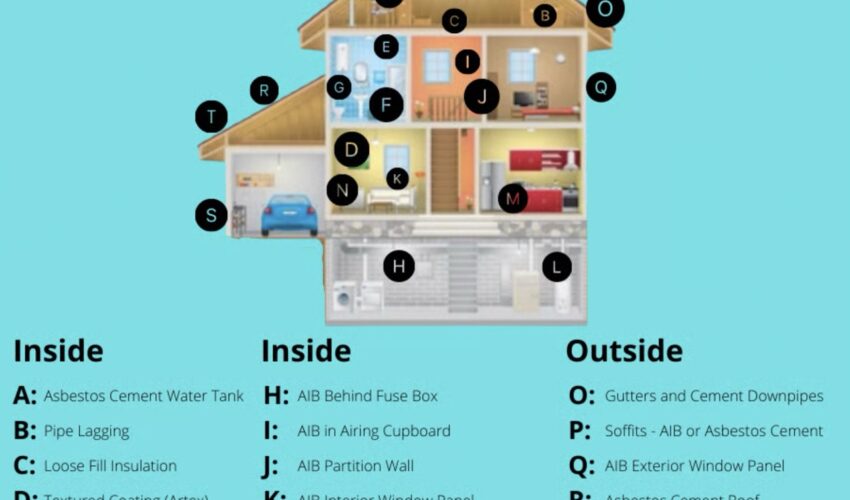Asbestos in Everyday Materials: What to Look For
Many homes and buildings constructed prior to the mid-1990s contain asbestos. While undamaged, undisturbed asbestos doesn’t pose a risk to your health or safety, issues arise when asbestos-containing materials (ACMs) are damaged or disturbed during demolitions, renovations or construction.
What makes things tricky is that ACMs aren’t always visible or obvious, and they often look nearly identical to non-ACMs. Rather than put you or your family at risk of dangerous asbestos fibres, it’s important to identify potential ACMs early to help you make safer decisions about your home or building.
So, before you get started on your next DIY project, here’s what to look for in terms of ACMs around your home, office or building.
Common everyday materials that may contain asbestos
Many homeowners make the mistake of assuming asbestos is only present in roofing and fibro sheeting. In reality, asbestos was a common additive in a range of building materials found inside and outside of your home. With over 3,000 products known to contain asbestos, there’s a high chance your pre-mid-1990s home or building could have been constructed with ACMs.
Here’s a quick rundown of all the different materials and areas around your home where you might find asbestos.
Interior materials:
Inside your home, asbestos can be found in a range of materials, including:
- Ceiling and wall sheeting, including fibro or cement sheeting, especially in bathrooms and kitchens,
- Vinyl floor tiles and backing or adhesives,
- Textured paint and older spray coatings,
- Electrical switchboards or backing boards, and
- Insulation on hot water pipes or flues.
Exterior materials:
ACMs weren’t just used inside homes and buildings. Asbestos was commonly added to a number of external materials, including:
- Roofing sheets, including corrugated “Super Six” cement sheeting or similar,
- Eaves, soffits, gables and exterior wall cladding,
- Fencing panels or backyard sheds, and
- Guttering or downpipes made of fibre cement.
Other materials:
Other areas to be aware of when it comes to ACMs around your home or building include:
- Old fireproof materials, often used under stoves or heaters,
- Backing to lino or vinyl sheet flooring, and
- Brake pads or clutch linings (for automotive tradies).
It’s important to note that ACMs can look very similar to non-ACMs. It’s for this reason that a visual inspection is often not enough to confirm the presence of asbestos, especially if you’re not entirely sure what you’re looking for.
How to tell if a material contains asbestos
Asbestos fibres are microscopic, making them invisible to the naked eye when they’re airborne, and you’re most at risk of inhalation. It’s for this reason that visual observation isn’t considered a reliable method of identifying ACMs.
The only way to know for sure whether certain materials contain asbestos is by having them professionally tested at a NATA-accredited laboratory. These types of lab tests detect the presence of asbestos fibres to help you determine the next steps in mitigating the risks that come with asbestos.
What to do if you suspect asbestos
Due to the hazardous nature of asbestos, it’s important to take the necessary precautions to minimise the chance of exposure. Here are a few do’s and don’ts if you think your home, office or building could contain asbestos:
- DO engage professional asbestos removal specialists if you suspect your home or building could contain asbestos.
- DO avoid cutting, drilling, sanding or disturbing any suspected ACMs and instead contact a licensed asbestos professional for accurate testing and safe removal.
- DO isolate the area and keep it clear.
- DON’T sweep or vacuum the dust, or you could risk releasing harmful asbestos fibres into the air.
- DON’T attempt to complete patches or repairs yourself, or you could cause further damage to the ACMs.
- DON’T rely on yourself to visually identify ACMs in or around your home. All suspected materials require professional testing at an accredited facility to determine the presence of asbestos.
Why professional help is essential
Asbestos can be incredibly harmful to your health. So much so that it’s completely banned in Australia with strict codes of practice in place when it comes to the management, removal and disposal of asbestos. Not to mention, many state and local governments have their own asbestos rules and requirements in place to keep people and the environment safe from asbestos exposure and contamination. With this in mind, it’s vital that all aspects of asbestos identification, testing, removal, disposal and replacement are carried out by a fully licensed asbestos specialist.
In Queensland, you must hold the relevant license to legally remove asbestos. Not only do DIY asbestos removal attempts leave you at risk of non-compliance and financial penalties, but they can also lead to contamination and long-term health risks.
Licensed asbestos removal specialists are up to date with the latest asbestos removal and handling requirements. They’ve got the right protective gear and containment equipment to ensure the safe and correct removal and disposal of ACMs.
At Adios Asbestos, our team of asbestos removal experts are fully licensed and insured in all aspects of asbestos management, from assessment and testing to removal and disposal.
Trust Adios Asbestos with your asbestos removal needs
With over 30 years of combined experience, Adios Asbestos offers comprehensive asbestos removal and roofing solutions across the Sunshine Coast and Brisbane. We understand the importance of safe and reliable asbestos management, which is why we’re proud to offer free advice and no-obligation quotes for suspected ACMs.
Our extensive asbestos management services include everything from site assessments and accredited testing to safe containment, removal and disposal at licensed facilities across the Sunshine Coast and Brisbane. Our team are trained in industry best practices and uses the latest techniques and advanced equipment to remove asbestos safely and efficiently. As part of our asbestos removal service, we also offer optional clearance certificates to confirm your property is asbestos-free.
Not sure what’s in your walls, floors or roof? When it comes to asbestos, it’s not worth the risk. Contact Adios Asbestos for free professional advice, no-obligation quotes and peace of mind.

